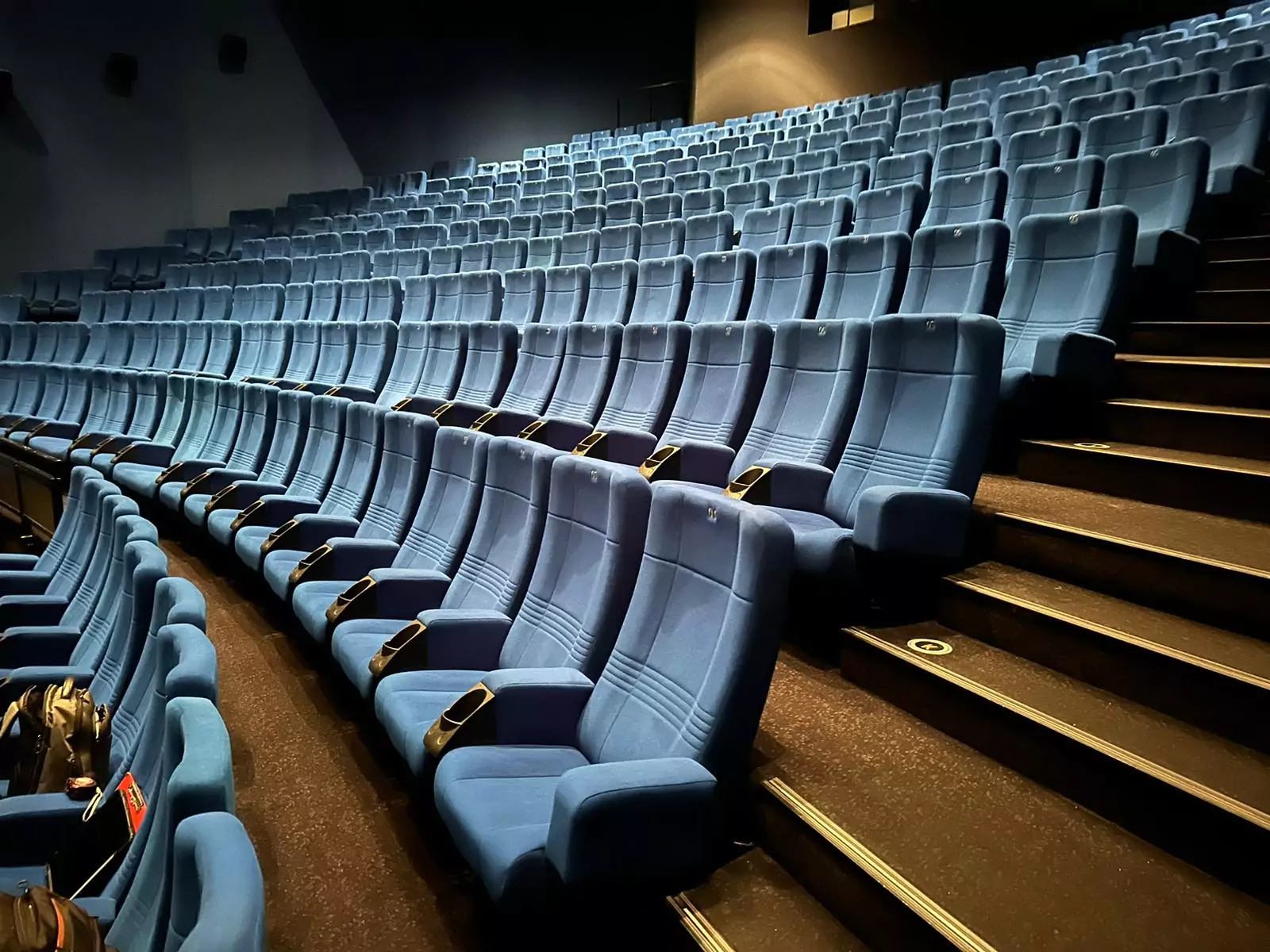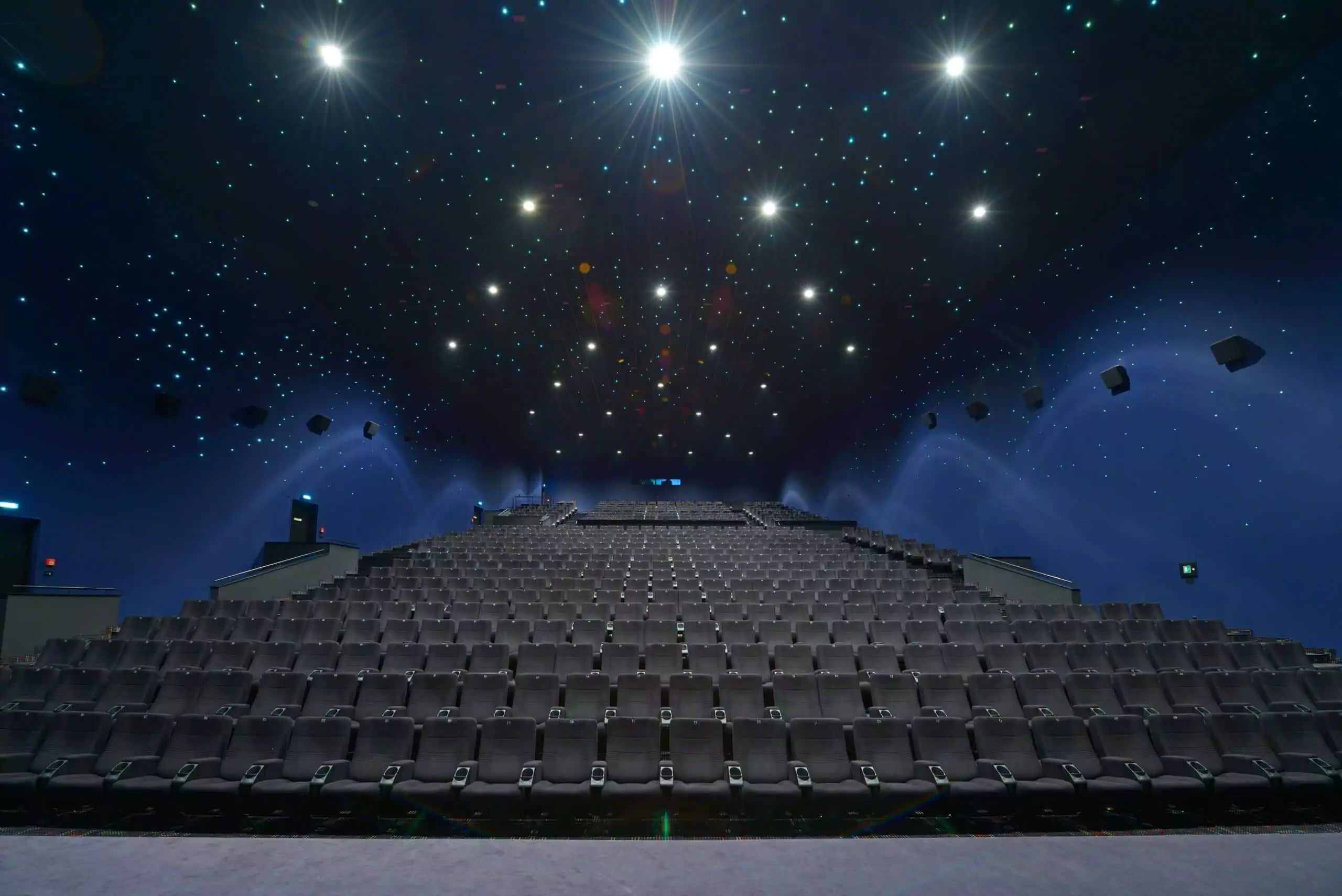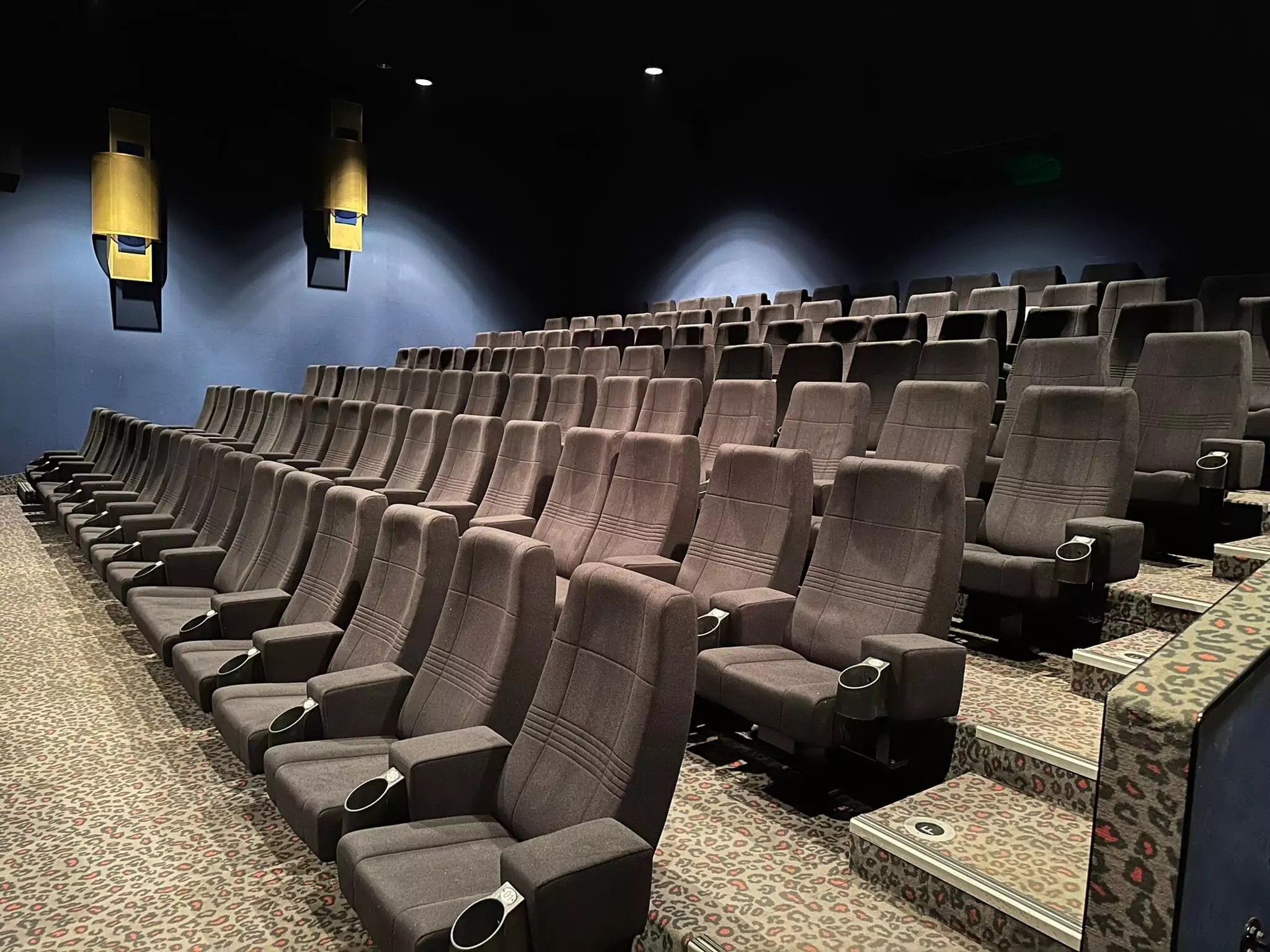How Cinema Chairs Shape Emotion
How Cinema Chairs Shape Emotion: The Hidden Language of Comfort in Modern Theaters
Before the first line of dialogue, before the music swells or the lights fade, a film begins with silence. The kind of silence that comes when hundreds of people sit together, breathing the same air, waiting for the story to unfold. And at the center of that moment is the seat.
The cinema chair is the one part of a theater that touches every person, every time. It’s not just a product of manufacturing, it’s a piece of architecture that shapes emotion. Across Europe and the Middle East, a quiet revolution is happening inside auditoriums, where seat design has become an invisible art form guiding the rhythm of how people feel during a film.

The Architecture of Comfort
Every cinema seat has geometry. The angle between the backrest and cushion decides how deeply someone relaxes. The thickness of foam determines how long they stay focused. Even the curve of an armrest influences how physically connected they feel to the story.
Designers now treat seating like architecture. The space between two rows is no longer just a measurement of capacity but a design decision that affects perspective and sound. A few centimeters can mean the difference between distraction and immersion.
In London, Milan, and Berlin, architects collaborate directly with seating manufacturers to create auditoriums where form follows feeling. The result is comfort that doesn’t demand attention, it simply exists in harmony with the screen.
Material as Memory
Every seat carries memory. The texture of the fabric, the quiet resistance of the mechanism, the way light reflects on the leather after thousands of screenings — these details build a silent connection between the theater and its audience.
European manufacturers are experimenting with tactile fabrics and eco-friendly materials that age gracefully. In the Middle East, luxury recliners integrate polished finishes and deep hues that complement the warmth of architectural design. Every material choice becomes part of a sensory script that speaks to comfort, heritage, and style.
The Human Scale of Design
Technology can create perfect curves and seamless mechanisms, but the heart of seating design remains human. A well-made cine seat responds to natural posture, to the body’s need for balance and support. It must disappear during the film and reappear when the lights rise again, reminding the viewer where they have been.
In this way, the best cinema seats don’t just support people; they support moments. They turn a simple act of watching into an act of belonging.
The Sound of Stillness
In a great cinema, the seat makes no sound. No creak, no vibration, no echo of movement. The silence of seating is part of the theater’s acoustic design, protecting the fragile atmosphere of storytelling.
Manufacturers are now refining the smallest details — the glide of a recline mechanism, the density of foam under pressure, the sound absorption of textiles — all to preserve the magic of that stillness.
Design as Emotion
Every good film evokes emotion, but it is the environment that amplifies it. When the seat is too firm, laughter feels shorter. When it is too soft, suspense loses its tension. The right chair calibrates emotion like a conductor directs an orchestra.
This emotional design philosophy is what separates modern cinema seating from its past. It’s not just about ergonomics; it’s about empathy. The best designers think not in terms of parts and materials but of people and feelings.
From Europe to the Gulf: A Shared Language of Luxury
In Europe, minimalist aesthetics dominate. Clean lines, subtle fabrics, and muted tones create intimacy and focus. In the Middle East, design becomes expressive — bold textures, handcrafted recliners, and vibrant colors transform theaters into architectural showcases.
Both share the same purpose: to make audiences forget the seat itself and lose themselves completely in the story.
The Future of Emotional Design
Tomorrow’s cinema seating will not simply respond to physical comfort but to emotional patterns. Imagine chairs that adjust automatically based on posture, temperature, or even the energy of the room. The science of comfort is becoming more intuitive, turning theaters into living spaces of storytelling.
Yet, even as innovation advances, the essence remains unchanged. The seat is the bridge between the screen and the soul.

The Seat as the Silent Storyteller
Every cinema has a story, and every story begins with a seat. Behind every great screening lies a network of design, craftsmanship, and emotion hidden in plain sight. The cinema chair may be silent, but it speaks a universal language — one that tells us to lean back, breathe, and let the story begin.
Created By : Simko Cinema Seating

